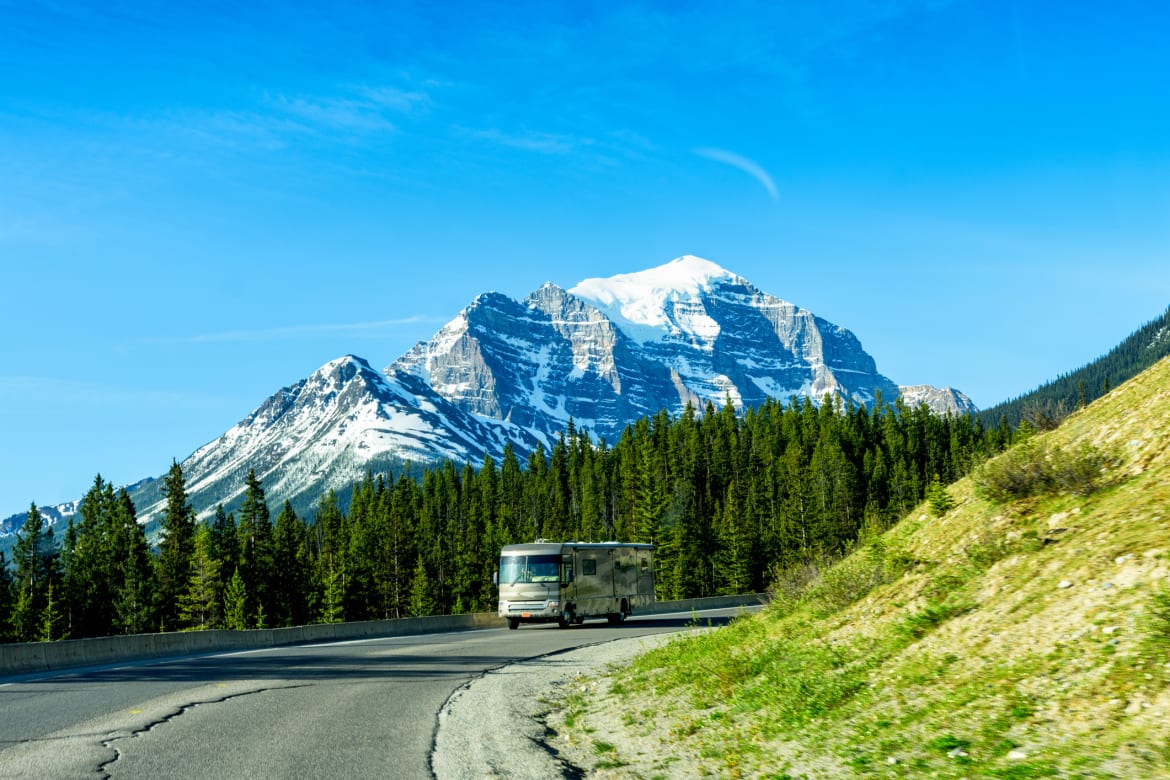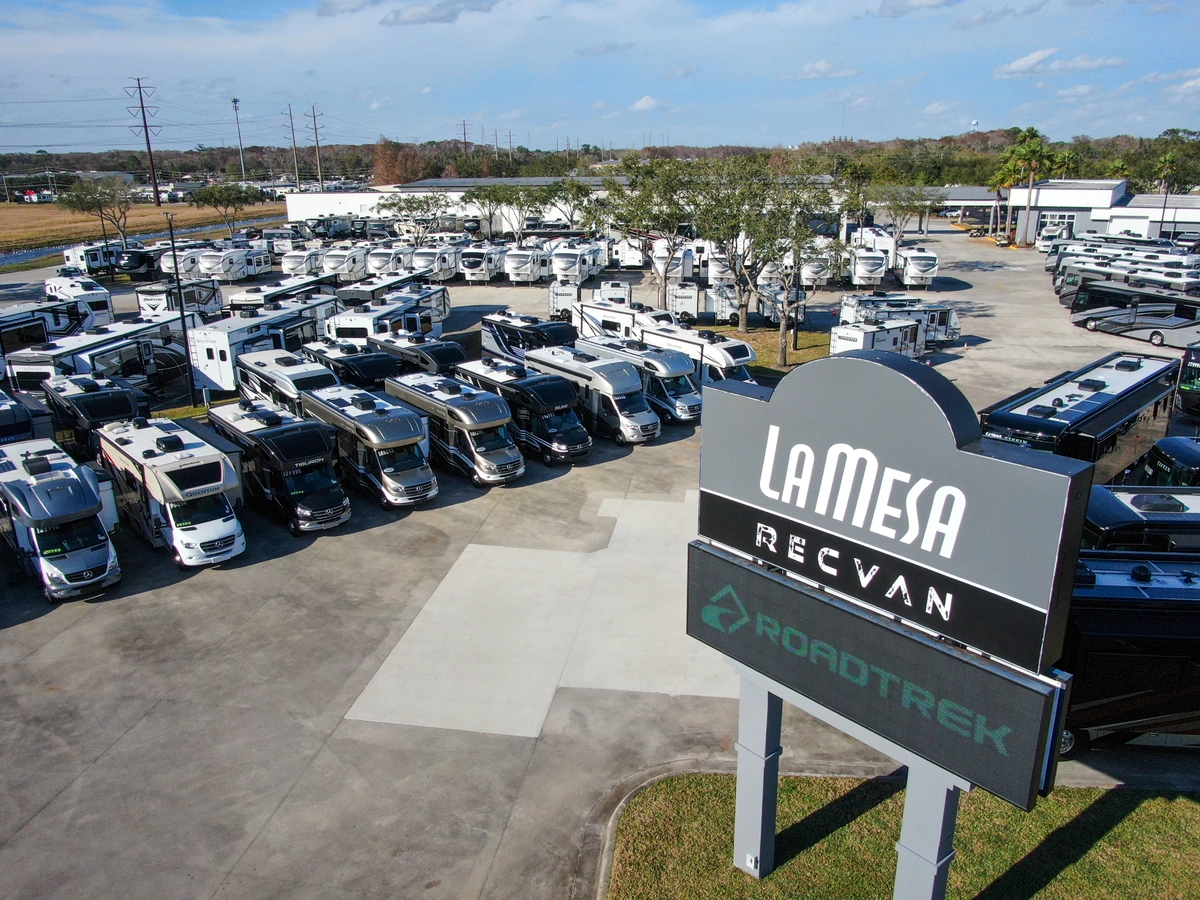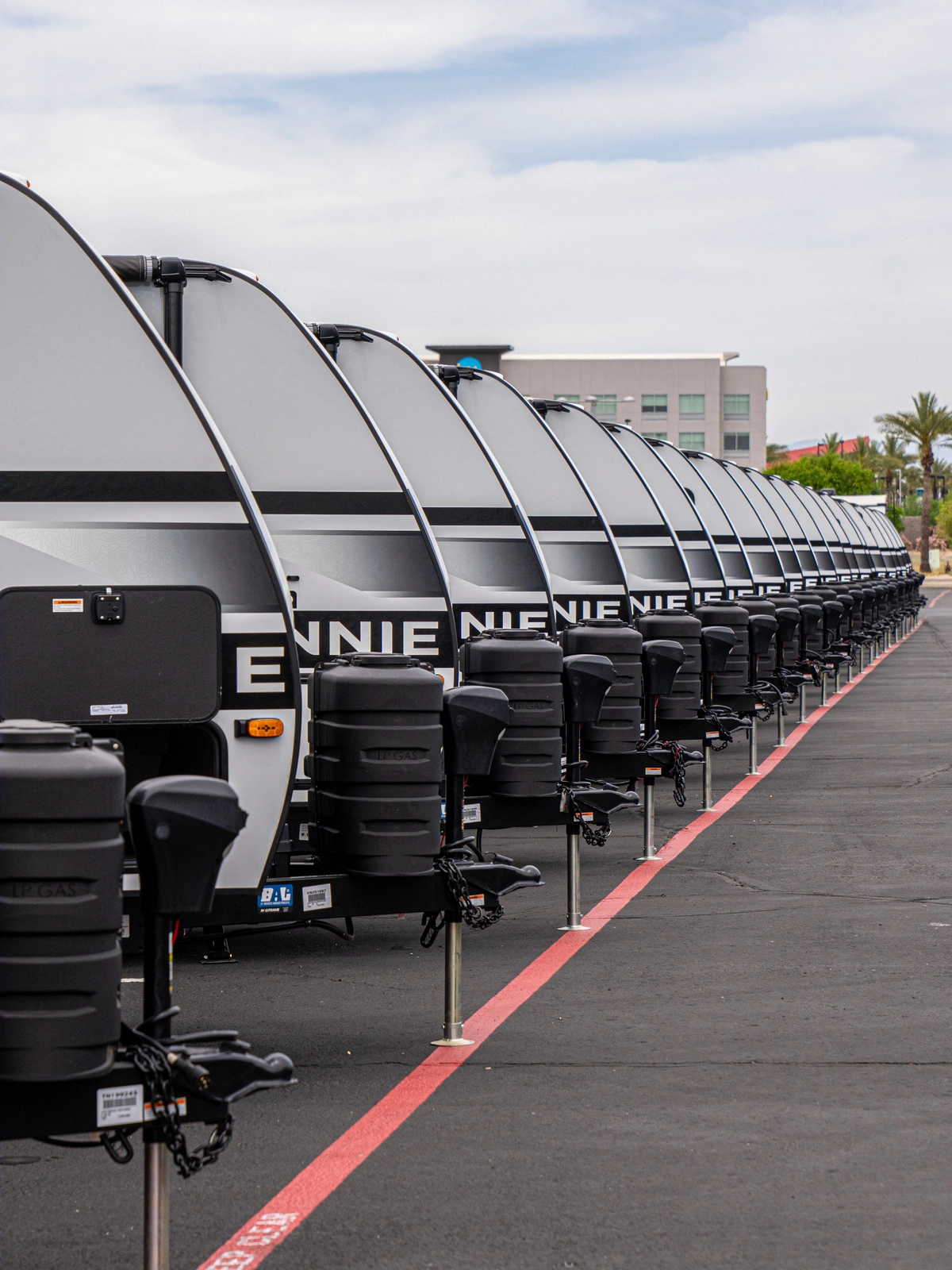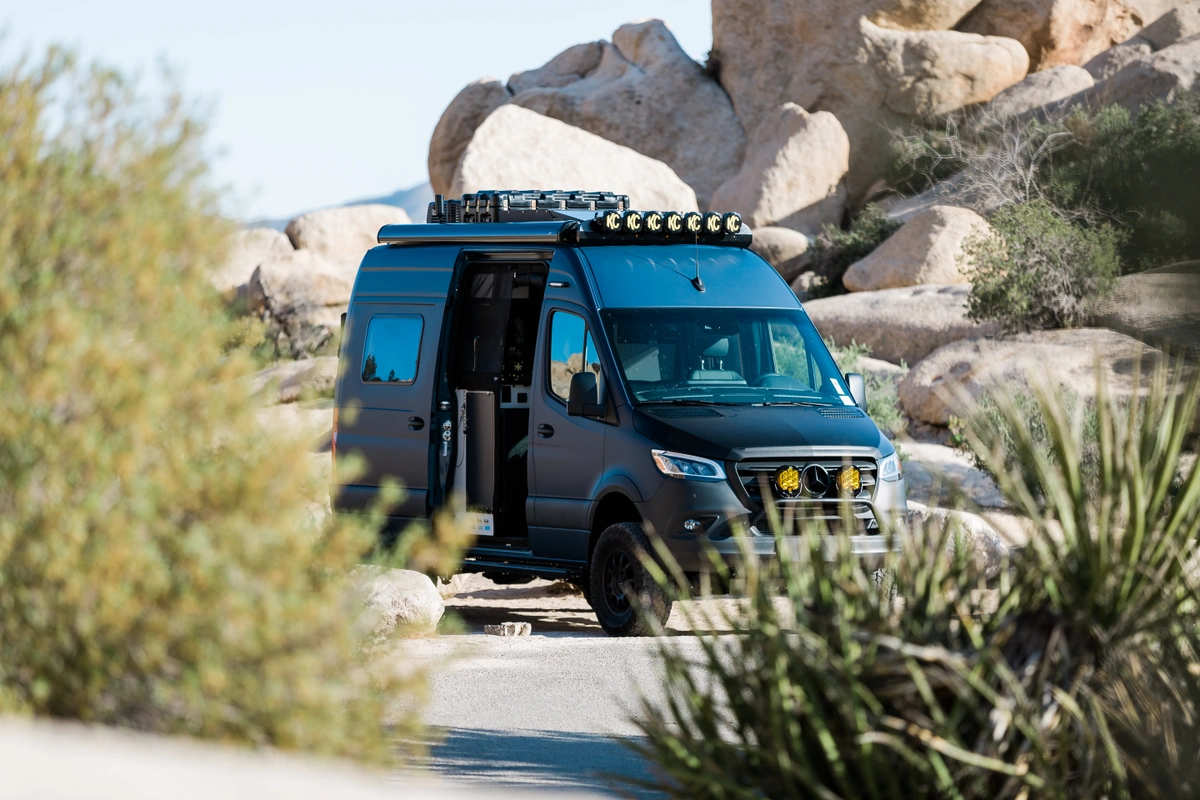Winter is a great time to enjoy the open road, but it can also cause condensation damage in your RV if you aren't properly prepared. This season brings chilly temperatures, low humidity levels, and less sunlight. While these weather elements provide plenty of opportunities to explore the outdoors, you'll want to abide by the proper maintenance to protect your RV.
The problem with condensation buildup in your RV is that it can lead to mold growth and rot. And no one wants that. Read on to make sure your RV is ready for winter and keep potential problems at bay down the road. These tips will help you protect your RV while you continue to explore one of our favorite RVing seasons!
Guest Post by: The Adventure Detour
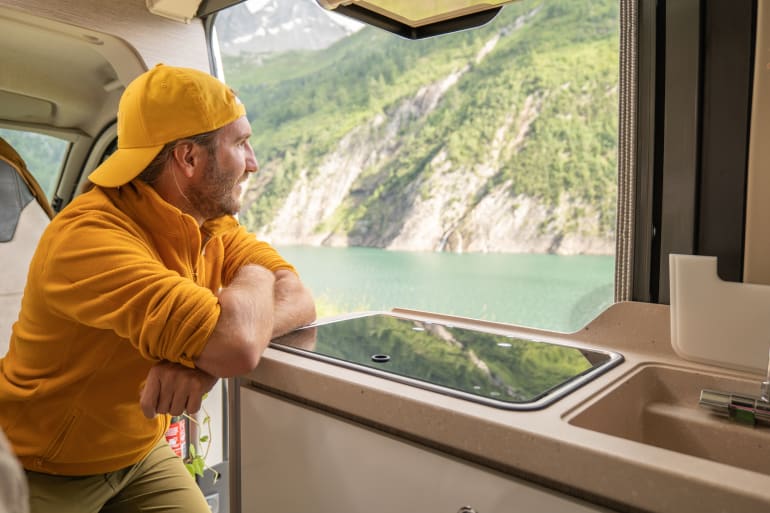
What Causes RV Winter Condensation?
Winter RV condensation is caused by a combination of factors, including lower temperatures and humidity. When cold air enters the RV and is exposed to warm air inside, it causes the RV's interior to become moist. This moisture then condenses on surfaces like walls, ceilings, and windows. Many RVs don't have the same type of insulation and double-pane windows that you would find in a home. When the temperature drops outside, the walls and windows can begin to form condensation. In our RV, we begin to notice this as soon as the weather drops below 50 degrees. Activities in your RV, such as cooking and showering, can really increase the winter condensation that forms inside. Even just breathing inside your RV causes moisture. Don't worry, though! This is a common part of winter RVing, and we have tips to help you manage condensation.
Why is Condensation so Damaging to An RV?
Winter RV condensation is one of the most damaging elements for your RV, as it can cause damage and potential health hazards. When the water vapor from inside your RV condenses on cold surfaces like walls, ceilings, and windows, it creates an ideal breeding ground over time for mold growth. This can lead to serious problems in your RV, such as rot. You do need to take steps to prevent this type of damage when winter camping. Read on to find out exactly what to do!

Tips For Reducing Condensation In An RV
1. Use A Dehumidifier
Your most important tool to prevent winter condensation damage in your RV is to purchase a dehumidifier. They come in many different sizes, and you don't necessarily need a large one since your space is small. You can run a hose to empty the dehumidifier into your sink or shower. Or you can simply empty the bucket often to keep the dehumidifier running.
There are many options to help reduce winter condensation but getting an RV dehumidifier should be on every winter traveler's list. A dehumidifier is a winter camping must-have for our family.
2. Use RV Roof Vents And Fans
It seems very counterintuitive to crack open windows and roof vents when it's cold outside and you are trying to keep your RV warm. However, that is exactly what you need to do for moisture to be able to escape outside. It's especially important to open roof vents or turn on roof fans when cooking or showering. It can be helpful to keep them slightly cracked often, especially if you don't have a dehumidifier in your RV.
3. Consider Drier Heat Sources
It's a delicate dance of keeping the inside of your RV warm, your RV tanks warm, and the condensation down. Propane heat produces more condensation than other forms of heat, but it is usually necessary to run your RV furnace to keep pipes and tanks warm. If you can use a space heater as a heat source, it produces dryer heat for your RV.
It is possible to use both the RV furnace and a space heater at the same time to keep your RV warm. We choose the space heater whenever possible for dry heat to help keep the condensation to a minimum. Always be cautious with space heater safety. Consider getting a space heater that shuts off if it tips over or is blocked by anything.

4. Increase Air Flow
Even though it may be chilly, it helps to keep a fan running to help circulate the air in your RV. We have a compact tower fan in our RV that helps to keep the air moving. Stagnant air is more likely to have condensation or mold issues in your RV.
5. Keep The Closet Open
Surprisingly, the RV closet is a common place for mold growth and condensation damage. Why? Because it's often a spot in your RV that has stagnant air. It also may be an area of your RV that is less insulated. Keeping your RV closet open when you are winter camping can increase air circulation and allow the dehumidifier to help keep the closet area dry.
6. Protect Your RV Mattresses
Another surprising location for condensation damage and mold growth in an RV is around the edges and under the mattresses. This can be an issue on any of the beds in your RV, including bunks and lofts. The body heat from a person laying on a mattress often meets the cooler walls next to the bed, or under the wood platform the bed is sitting on. When this warm body heat meets the colder air, it creates condensation.
The best way to prevent condensation and mold around your RV mattresses is to increase airflow around the mattress. If you can move the mattress away from touching the exterior wall, this helps prevent condensation. Using a fan to keep air moving and cracking a window or vent is another helpful way to keep moisture from building up.
The best way to protect your RV mattresses from condensation is to use a breathable mat under your mattress. A mesh mat between the mattress and bed base allows airflow under the bed and prevents mold. The Hypervent mattress underlay is a great choice for RV mattresses. It was originally created for boat mattresses but also works perfectly in RVs. You can easily cut the rolled mat to the right size for your mattress. Another mattress underlay option is Den-Dry.
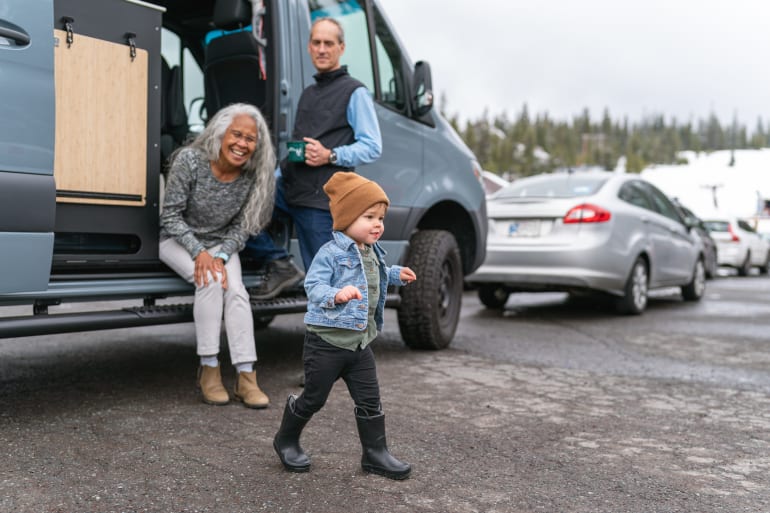
Using a waterproof mattress cover on your RV mattress can also help prevent moisture from entering your mattress or building up around it. It's also great to use a mattress cover to protect the bed from spills and accidents. It slips over the mattress before the fitted bottom sheet and can easily be thrown into the wash.
Winter RV camping can be an incredible experience. However, it is important to plan ahead and take steps to prevent condensation damage in your camper or trailer when temperatures drop. Protecting your investment from the elements will help ensure that you and your family are able to enjoy long-lasting adventures on the road throughout the colder months of the year.
Check out these additional Articles on Winter RV Travel:
Looking for the perfect RV to winter in? La Mesa has the selection to find your dream winter road trip RV. Stop by for a visit today!
Scott, his wife Van, and their 12-year-old daughter Sissy have traveled full-time in their RV for 7 years. They have worked and homeschooled on the road through 42 states so far. They blog about RVing tips, travel destinations, and the full-time RV lifestyle on their blog, theadventuredetour.com. They are also RV content creators @theadventuredetour on Instagram, TikTok, and Facebook. They love connecting with RVers so be sure to reach out to them and say hi!
